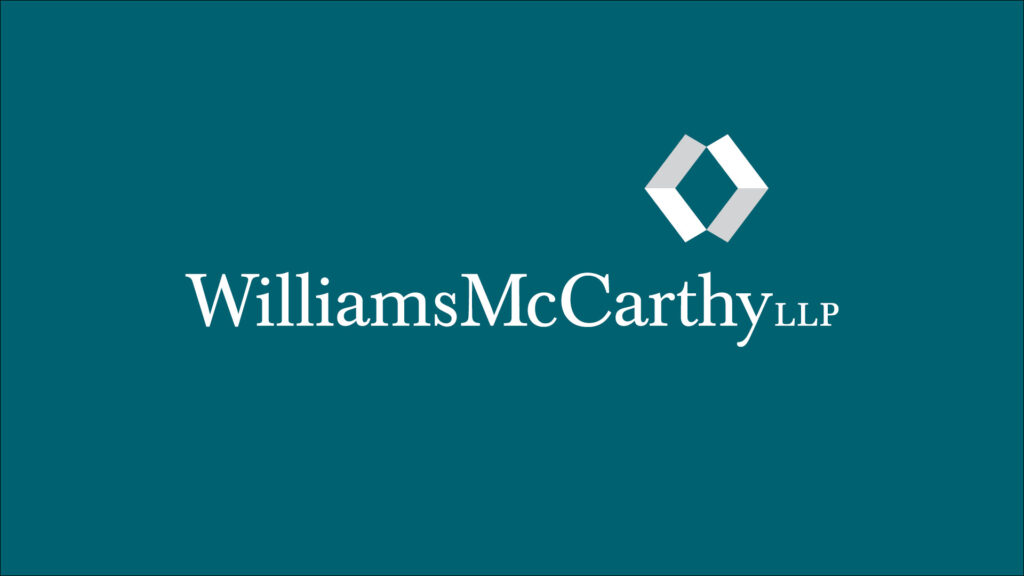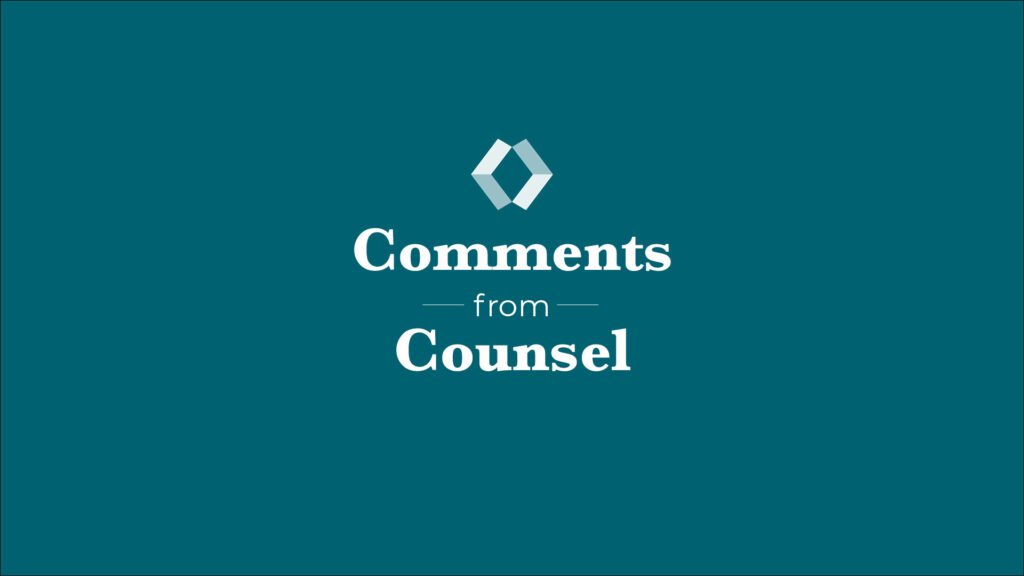[vc_row][vc_column][vc_column_text]COVID-19 has presented many businesses with a host of new challenges, among which is the issue of keeping employees healthy by putting safeguards in place and meeting changing recommendations and mandates. With each state, city and industry grappling with a unique set of circumstances, here are some points to consider when setting policies and procedures for your employees to address the spread of COVID-19.
Each state and city has different requirements and recommendations.
Coronavirus legislation is consistently inconsistent across state and even city lines. Employers will need to carefully track and manage their regional requirements and recommendations based on the most current information available from local, state, and national health officials.
Review and share guidance from the CDC and OSHA.
Employers should review the guidance from the Centers for Disease Control (CDC) and the Occupational Safety and Health Administration (OSHA) that helps businesses reduce the impact of COVID-19 by minimizing exposure risks, sources of exposure, and routes of transmission. These recommendations are strictly advisory in nature and do not create new legal obligations or alter existing obligations. Pursuant to the Occupational Safety and Health Act (OSH Act) General Duty Clause, employers must provide employees with a workplace free from recognized hazards likely to cause death or serious physical harm.
Consider engineering and administrative controls, safe work practices, and PPE.
Most businesses have some policies and procedures in place to address employee health, but employers should consider enhanced engineering controls (air filters, ventilation, physical barriers, etc.) and administrative controls (minimizing contacts between employees/customers, encouraging sick workers to stay home, restructuring shifts to minimize the number of employees in the facility at a time, providing education and training). Employers also bear the responsibility for providing workers with the PPE necessary to keep them safe while on the job, which may vary for COVID-19 based on the job tasks that could lead to exposure.
Conduct screenings consistently and keep employee medical records confidential.
While the EEOC has said that employers are permitted to ask employees about COVID symptoms, general screenings of employees must be done in a consistent manner. Screenings may include body temperature readings, symptoms questionnaire, and self-reporting contact with someone who has tested positive or travel to a Level 3 risk area. Additionally, more targeted inquiries can be conducted with employees, but only if the employer has a reasonable belief (based on objective evidence) that the individual might have COVID-19. Any information about symptoms and exposure must be kept strictly confidential. Employers may share that an employee has come in contact with an individual who has tested positive but cannot share the name of that individual.
Be prepared to send employees with symptoms home.
Employers can, and should, tell employees with symptoms of COVID-19 to stay at home and not risk exposing others. Even if an employee does not self-report, employers can send someone exhibiting symptoms home. However, under ADA and equal employment opportunity (EEO) laws, employers are generally not allowed to ask “higher risk” employees to stay home.
Additional mandates are likely.
Response to the pandemic has been fluid, so employers should be prepared for some continued form of government-mandated restrictions for the foreseeable future. While they are likely to vary by region, mandates for sanitization and cleaning protocols, employee health screenings, PPE-like face masks, social distancing requirements, and contact tracing should be monitored regularly and implemented quickly.
We encourage employers with questions or concerns to reach out to a member of the WilliamsMcCarthy Employment and Labor Practice Area for specific guidance to make sure that your business is aligned with any developments from local, state, and national governments and health authorities.[/vc_column_text][/vc_column][/vc_row][vc_row][vc_column][vc_empty_space][/vc_column][/vc_row][vc_row][vc_column width=”2/3″][vc_column_text]For additional information about these or other issues related to Employment & Labor Law, please contact any of our attorneys by calling (815) 987-8900 or send us a message.[/vc_column_text][/vc_column][/vc_row]






